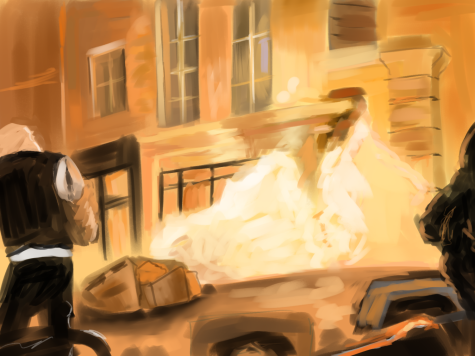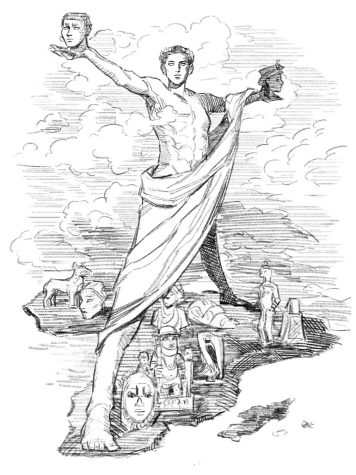Hurricane Maria
December 22, 2017
On September 20th, Hurricane Maria barreled straight through the island of Puerto Rico among a number of Caribbean islands. The Category 4 storm battered Puerto Rico with 150 mph winds and drenched the island with more than 3 feet of water in certain places. This disaster came just weeks after Hurricane Irma buffeted the Caribbean with even greater winds – some more than 175 mph – and left more than one million Puerto Ricans without power.
In the wake of Hurricane Maria’s landfall in Puerto Rico, Puerto Ricans faced a massive shortfall in supplies and access to basic necessities. Maria knocked out almost 2,400 miles of Puerto Rico’s power transmission lines, leaving the majority of Puerto Rico’s citizens without electricity and without access to basic water services. The resulting lack of clean water raised numerous concerns about the health and safety of Puerto Ricans, especially regarding leptospirosis, a deadly bacterial disease transmitted through contaminated water.
In addition to a lack of electricity and clean water, Puerto Ricans also face food shortages as a result of Maria’s destruction of more than 80% of Puerto Rico’s agriculture industry. Although FEMA officials provide 200,000 meals to Puerto Ricans each day, the island on its own lacks the resources to provide nearly two million meals to its citizens.
Recovery efforts in Puerto Rico have been slow, to say the least. The scope of Maria’s destruction, as well as previous financial troubles, have hindered attempts at a quick recovery. Even before Maria hit the island, Puerto Rico found itself in the midst of a financial crisis stemming from an end to tax incentives, which had previously attracted American corporations. At the time of Maria’s landfall, Puerto Rico owed more than $70 billion to Wall Street and its electric power authority (PREPA) specifically had $9 billion in debt. As a result of Puerto Rico’s financial struggles, estimates place power recovery at four to six months and up to ten months in more remote areas of the island. This grim assessment has raised questions about the extent of government aid to the region and initiated a fierce conflict between President Donald Trump and Carmen Yulin Cruz, the Mayor of San Juan. Cruz, frustrated with the lack of federal support, berated Trump for not taking action sooner, specifically wearing a shirt with the words, “Help us, we’re dying” at an interview to emphasize her point. In response, Trump tweeted that Cruz had “poor leadership abilities” and that Puerto Ricans “want everything to be done for them when it should be a community effort”. This ongoing clash between Cruz and Trump drew enormous attention from the public and divided many on the true nature of recovery efforts.
Beyond the controversy surrounding Trump’s conflict with Cruz, another scandal arose, nicknamed “Whitefishgate”, regarding a $300 million contract between PREPA and Whitefish Energy. Prior to its contract with PREPA, Whitefish Energy only employed two workers full-time, yet still managed to land a massive $300 million contract without competing bids. This unusual set of circumstances drew sharp criticism from the public as a symbol of political corruption and government inefficiency. In particular, the public directed its criticism at Interior Secretary Ryan Zinke, whose alleged connections to Whitefish might have resulted in this contract. Whitefish Energy is based in Interior Secretary Ryan Zinke’s hometown of Whitefish, Montana and Zinke’s son had even worked there as an intern. While Zinke firmly denounced any connections between Whitefish Energy and himself, Puerto Rico, citing “significant concerns” from the Federal Emergency Management Agency (FEMA), eventually decided to cancel its contract with Whitefish.
As a result of the sheer destruction of Hurricane Maria as well as controversial policy decisions, Puerto Rico remains in need of massive repairs. More than a month after Maria struck the island, 70% of Puerto Ricans still remain without power and more than 30% of its citizens do not have access to clean drinking water. Puerto Rico has just begun the long road to recovery and many months will pass before life returns to normal for its residents.


